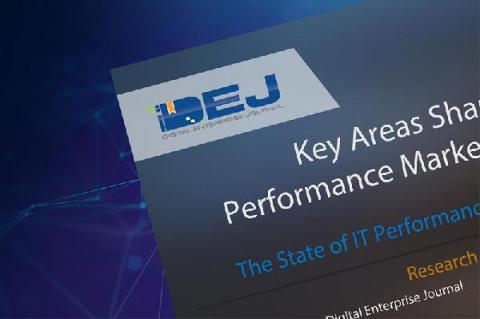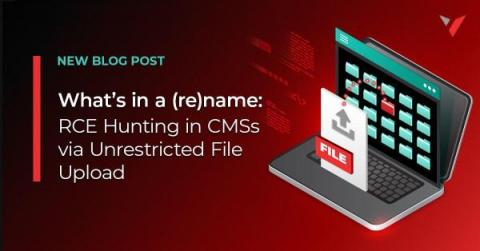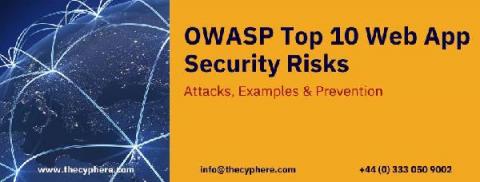What should retailers expect from the 2020 holiday season?
No one could have predicted how 2020 would unfold, particularly for the retail industry. While some high street stores, including major brands, have been forced to close, other retailers have navigated surges of consumers heading online and fueling the eCommerce industry like never before. The holiday period is vital for retailers, with trading figures from November to December able to make or break a businesses’ annual profit margin.










